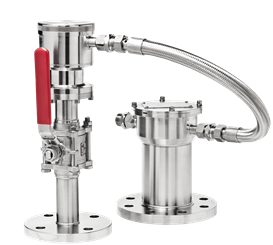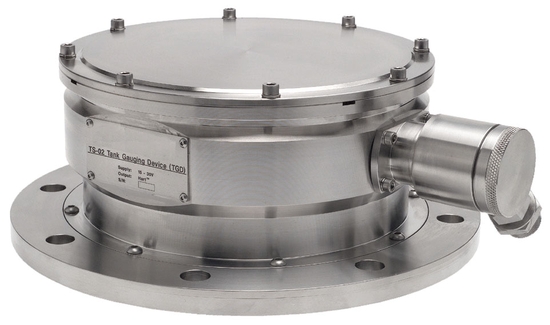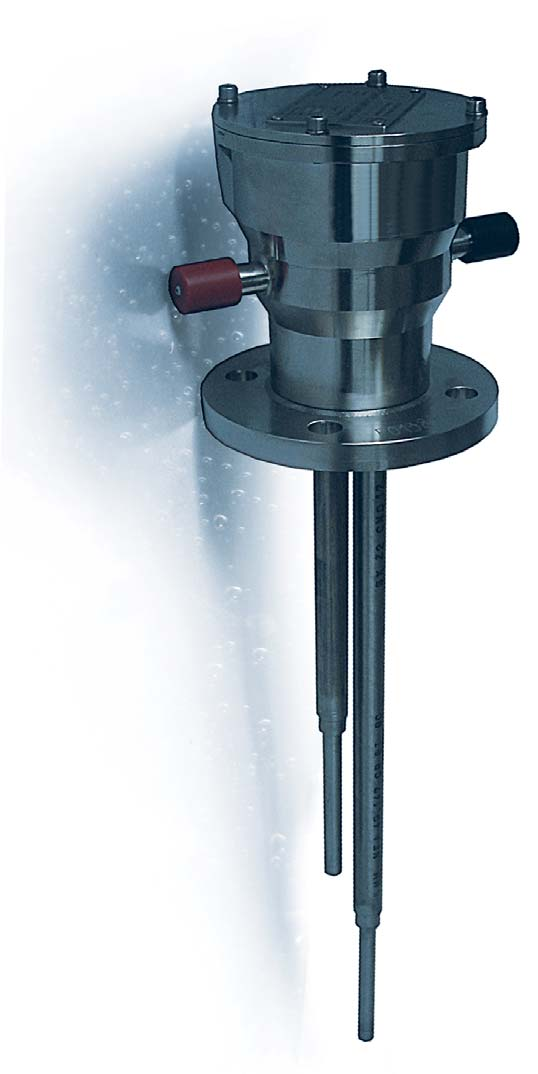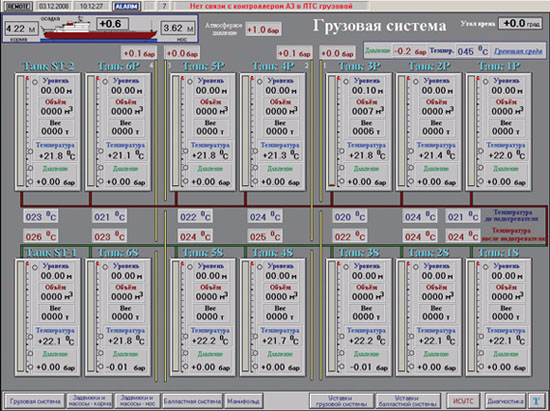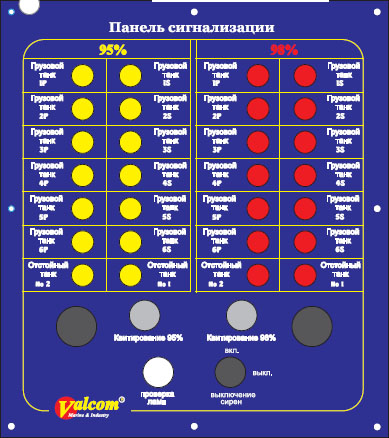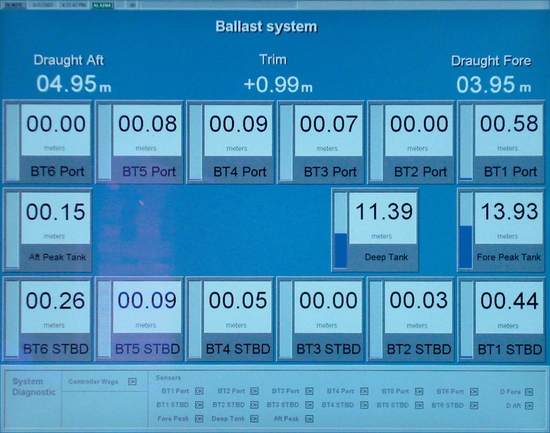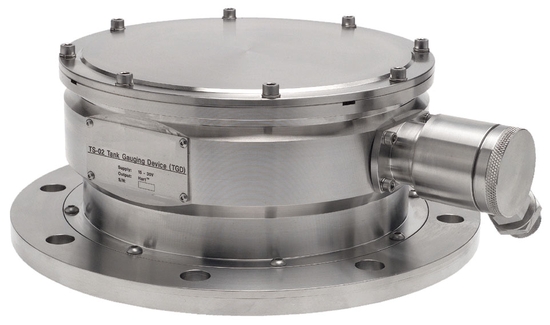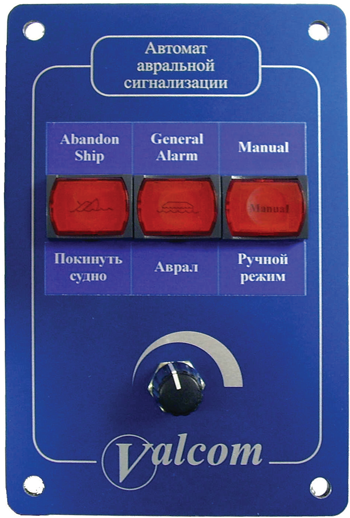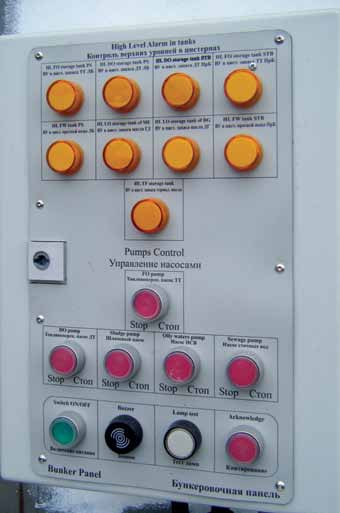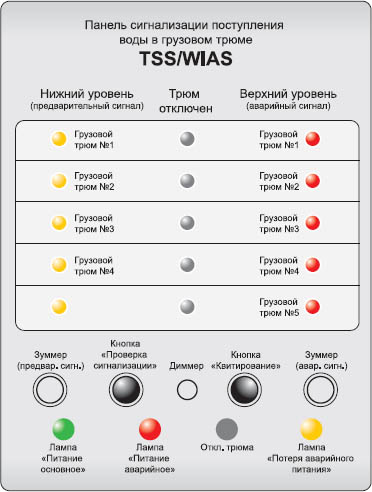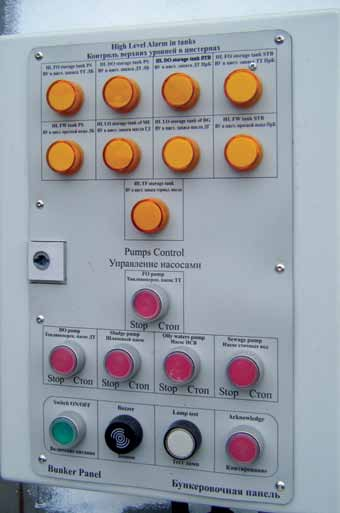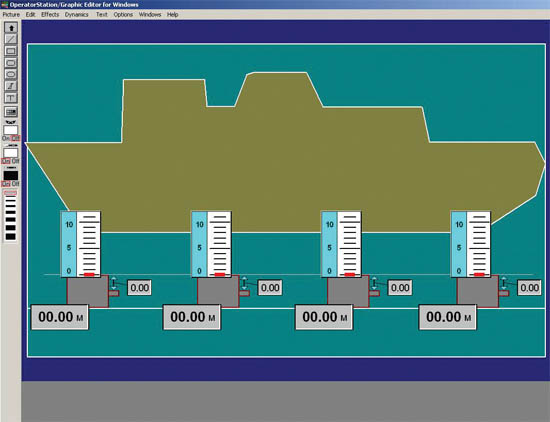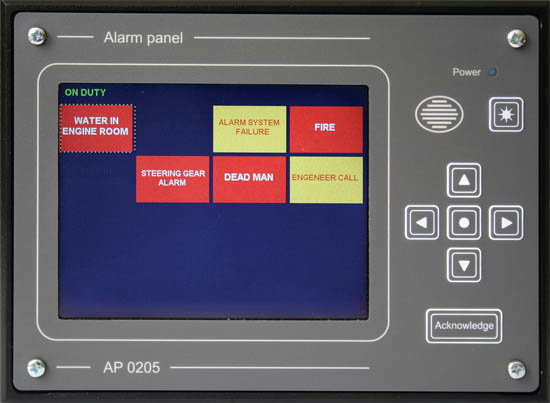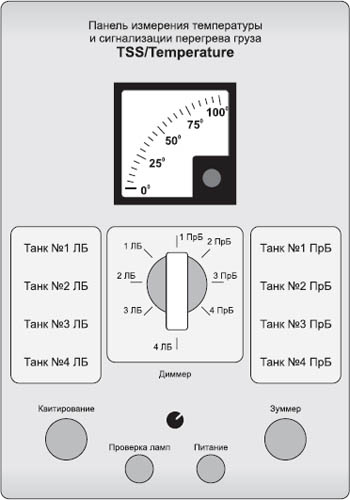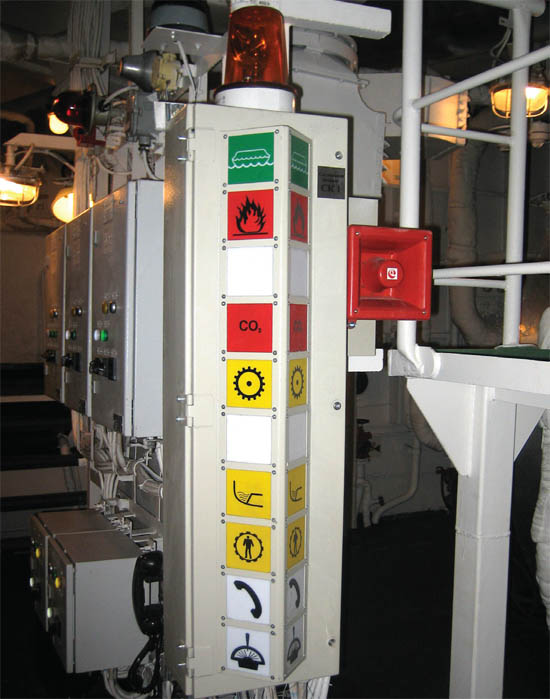TSS / Cargo LPG
TSS / Cargo LPG
To order
Call our sales manager
To manage loading / unloading operations and volume / weight calculations for LPG gas carriers, the TSS / Cargo LPG cargo management system has been developed . The principle of the system is based on the non-contact measurement method - GLFW (Controlled low-frequency wave). To protect against overfilling of petroleum products in the system, ultrasonic level detectors such as TLA or UTS are used . They are arranged in such a way that only static metal rods of sensors are placed inside the tanks.
To measure the temperature at 15 points inside the tank and transmit the information for each point, as well as calculate the temperature "cut" inside the tank, use temperature meters TGD-T or UTT .
Set of sensors for the LPG gas carrier
TGD - Level measurement
- Accuracy +/- 2 mm
- Pace. load up to -200 ° С
- Pace. okr. medium -55 ° C to + 85 ° C
TGD - Temperature measurement
- Accuracy of 0.15%
- Pace. load up to -200 ° С
- Pace. okr. medium -55 ° C to + 85 ° C
TGD - Pressure measurement
- Accuracy 0.1%
- Pace. load up to -200 ° С
- Pace. okr. medium -55 ° C to + 85 ° C
TLA / UTS - overflow protection / filling signaling
- Accuracy +/- 1 mm
- Pace. load up to -200 ° С
- Pace. okr. medium -55 ° C to + 85 ° C
For better control of the LPG LPG system, the TSS / Cargo LPG system can be supplied complete with the following systems:
-
Integrated Management System for Technical Means (MIS TC) - TSS / Control ;
-
Level measurement system in ballast tanks and sediments - BMS ;
-
Cargo computer / strength control device - MasterLoad ;
-
Remotely operated valves are NFC.
Analogues
 +7 (812) 4-673-673
+7 (812) 4-673-673
